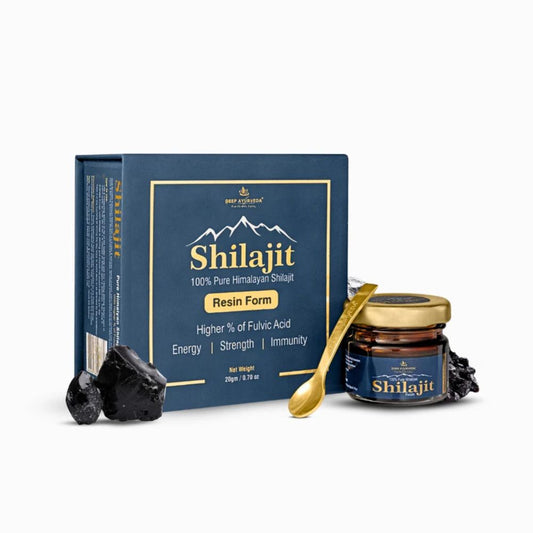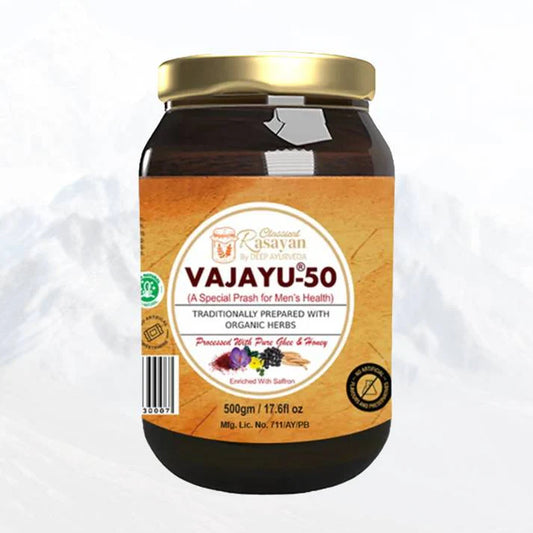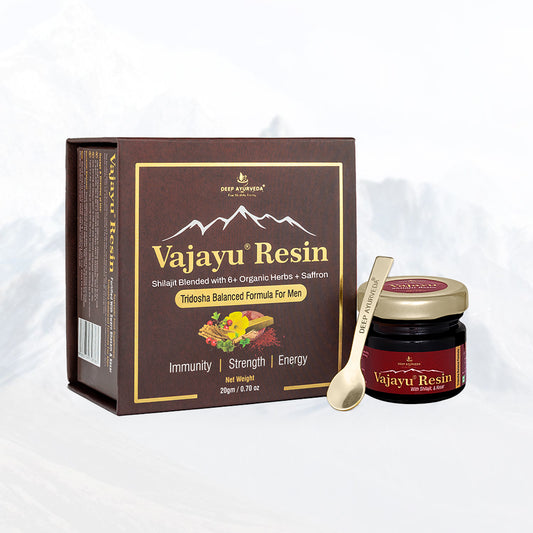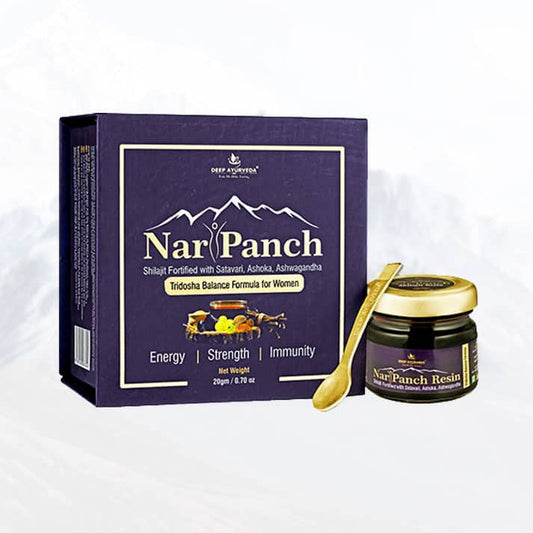Method of Ayurvedic Treatment in Australia
Ayurveda, which began with lifestyle management principles and medicinal values, contains a range of traditions that are simple to follow and can help one live a healthy, disease-free life. Consistency is required even if the goal is to create a habit rather than simply take pills. There are so many divisions based on the foundations of Ayurveda that it is almost impossible to condense the list of ayurvedic treatment options. Deep Ayurveda Clinic in South Ripley offering traditional ayurvedic treatment based on tridosha an five element concept.
The foundation of ayurvedic medicine includes knowledge of the following concepts: dosha, dhatu, mala, desh, kal, prakriti, ahaar-vihaar, and ritucharya. The two different sorts of therapy techniques would be:
- Shaman
- Shodhana
Both of the strategies previously stated offer a thorough dispersion of various therapy facets. We'd be going over a few of them. Treatment with the Shamana methods of Ayurveda entails modest, routine lifestyle changes that are relatively simple to follow. Shodhana, on the other hand, is a fully-fledged Panchakarma therapy that must be practiced under the supervision of ayurvedic practitioner and needs thorough monitoring. We'd be concentrating on useful shamana standard practices throughout this conversation.
Shamana
Shamana merely implies lessening the symptoms, stifling the dosha, or calming the destructive powers of doshas. In the ayurvedic approach to healing, the shamana suggests that the aggravated doshas of vata, pitta, and kapha are not eliminated from the body, but rather that their levels in the body, or strotas, are reduced with the aid of medication, sadvritta, or external administration of medicines.
A process for balancing the body's Agni underlies this palliative care approach. Short-term
diseases eventually result from dosha imbalance since it disturbs the body's chemical processes. Medicinal elements like churna, tailam, herbal pastes, abhyanga, adhering to dincharya, fasting, exercises, and a few more are ones to aspire to. The shamana method assists in balancing the doshas.
4 Shamana Methods of Ayurvedic Treatment
-
Deepana
Deepana therapy is regarded as kindling, which alludes to starting a fire. Jatragni, Dhatuvagni, and Panchabhutangi are present in the human body. Each of these Agni has a certain job to perform in maintaining physical balance. The kapha dosha is the primary target of deepana aushadhi or medications. The kapha dosha is what adheres to strotas and builds up in voids, manifesting as illnesses. Under deepana aushadhi, there is no special class of herbs that is distinguished. Black or white pepper, hing (asafoetida), shunthi, ginger, and a few more household spices that are needed in very small amounts yet accomplish the job effectively could be the answer.
Every deepana dravayagan has a distinct flavor which is laghu (light), ruksha (dry), katu, or tikta - pungent or sour. These qualities of a dish make it simple to digest. All of these deepana dravaya are anti-bacterial, abundant in antioxidants, appetizers, antacids, immune system boosters, and stimulants, have a scraping impact on doshas, antispasmodic, and work as good carminative medications.
Paachan
In general, paachan refers to digestion. What is dependent on the digestive process is the digestion of enzymes, and chemical compounds, and maintaining the acid-base balance in the stomach. Ayurvedic food consumption has a thorough study for classifying food based on prakriti, kal, desh, etc. One should make an effort to consume a balanced diet that is rich in both macronutrients and micronutrients.
The primary purpose of paachan medicines is to hasten the digestion process. It is unrelated to starting the fire. Although deepana-paachan medicines belong to the same class, they serve different purposes in the gut. Paachan dravyagana plays a significant part in curing the ama pitta dosha (digestive juice).
The excreta are removed by paachan dravya once ama and dosha are separated. Eliminating the roughage, it aids in the absorption of the nutritious substance.
Chitrak, fennel, coriander, trikatu, dadimashtaka churna, and other ingredients are included in paachan dravya. All of these have a gut-clearing function, a sour and pungent flavor, and are light to digest.
-
Vyayam (exercise, yoga)
The Ayurvedic medical system contends that regular physical activity is essential to maintaining both mental and physical health. Exercise, yoga, and pranayam/meditation are all equally important for maintaining many physical processes, including
- Strength of body tissues
- keeps the blood circulation and
- prevents fat deposition
- maintains appropriate digestion and metabolism
Any activity must be carried out following the prakriti. Vaat dosha people should choose more relaxing types of exercise, kapha dosha people should work out hard to break down lipid forms, and pitta prakriti people should choose moderate amounts of exercise to prevent vaat pitta dosha buildup. Exercise also improves brain function and mental acuity.
-
Langhan
Langhan translates to fasting. An age-old technique for repressing the extra doshas and reducing their consequences. When harmful quantities of vaat, pitta, and kapha dosha are raised, various repercussions result. When paired with vata dosha, the thick, sheet-cold guru-heavy kapha dosha moves through the body and obstructs the strotas or pathways. It is a good idea to unclog this dosha from the strotas langhan.
Aam dosha builds up as a result of poor,irregular or unhealthy eating patterns. Aam with too much pitta dosha can cause indigestion, belching, acidity, burning, and ulcerations. The ideal approach is to separate aam dosha from pitta langhan. The most basic kind of langhan is upvasa, or fasting.
The approaches mentioned above are only a few of many that can be easily implemented into our daily lives to preserve good health and prevent disease. Exercise, Deepana, Panchan, and Langhan are all very simple forms of therapy used in Ayurvedic medicine in Australia.
Shodhana therapy is another approach to their treatment criteria. Shodhana simply refers to the elimination of extra dosha from the body through a variety of therapeutic techniques.
The panchakarma methods—Vamana, Virechan, Nasya, Raktamokshan, and Basti—were created under the shodhana method. Shodhana, which means purification, alludes to the elimination of the body's doshas to facilitate cleansing and the balancing of the vata, pitta, and kapha. These are some of the few Ayurvedic therapies that revitalize the spirit and life.
If you want to adopt ayurveda lifestyle or if you are suffering with any type of health issue then you can book online Ayurvedic Consultation in Australia for Ayurvedic Treatment for your health concerns. Our Chief Ayurvedic Practitioner- Dr Baldeep Kour available in Australia to provide Ayurvedic Treatment in South Ripley (Brisbane)
Get Ayurvedic Consultation from our Ayurveda Expert
